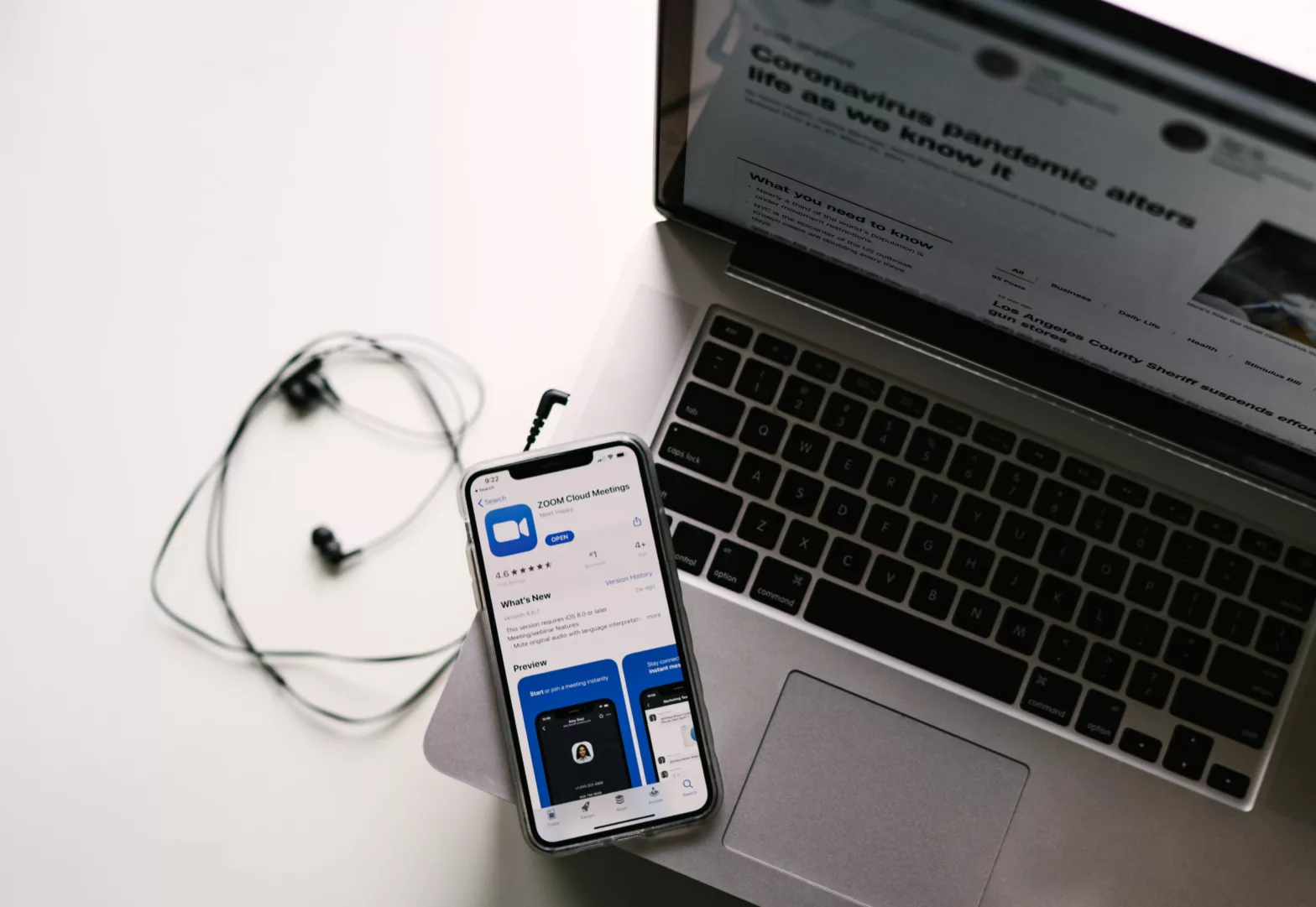The Factual’s media literacy scholarship was open worldwide between March-May 2020. Over 100 entries were received in the high school category. The essay prompt was: ““In the digital age, access to information has broken down countless barriers. However, it has also provided the platform for disinformation to spread, leaving it up to the audience to determine what to believe. What does it mean to you to be ‘informed’?” Nicole Li’s essay was awarded honorable mention in the college category.
In the past two months, my life has slipped into a novel routine. Each morning, I wake up, listen to Michael Barbaro indulge me in the newest episode of The Daily podcast, get out of bed, watch pandemic updates while I make my breakfast, scroll through my social media feed while enjoying my blueberry bagel, and then go back to bed to browse Apple News articles until I wake up at 1pm in an embarrassing state of confusion. While the world adapts to a socially distant “new normal” (and while my sleep schedule continues its unimpressive spiral), we find ourselves ever more reliant on technology, media, and Zoom to fill our social void. Our eyes are pinned to news outlets (which inform us about what to expect of our stimulus checks but not how to cope with the death of J. Crew), while our thumbs aggressively refresh our Twitter feed (which fills us in on the latest White House drama but leaves us dumbfounded as to Elon Musk’s baby name). However, disinformation can spread too, and at such a peak time of national anxiety, it is imperative that news consumers know whom to trust. Undoubtedly, a free press is one of America’s most valuable treasures, but journalist biases and sketchy sources can yield dangerously misleading conclusions. Thus, media bias necessitates media literacy. As an avid news patron, I believe being “informed” means diversifying my news media appetite, critically reading and listening for objective reporting, and reaching my own conclusions after considering multiple perspectives.
First and foremost, a colorful media appetite is necessary for exposure to a wide range of perspectives. If I rely on one news outlet or journalist as my go-to, I risk inadvertently adopting the writer’s biases and failing to detect inaccurate or ambiguous sources. Certain media channels, such as Fox News and CNN, skew towards the conservative or liberal end of the political spectrum. They therefore risk containing partisan language, delivering subjective analyses, and selectively covering “good” stories while omitting “bad” ones. That is not to say that “centrist” outlets like NPR or BBC are “better” or more credible, either. In fact, I believe it is best to consume outlets across the political spectrum to hear valid arguments from all sides and to understand extremism. Thankfully, America’s vast media ecosystem circulates thousands of fresh news stories per day; given the ocean of free and readily available articles, videos, podcasts, and other content on the web, it is relatively easy to cross-reference different publishers to compare facts, catch discrepancies, and recognize biases. It may also benefit to peruse foreign media to consider non-American viewpoints. Although cognizance of my “filter bubble” may lead to initial disillusionment, it is an important step towards appreciating diverse perspectives, painting a more holistic picture, and becoming genuinely and comprehensively “informed.” Frequently rotating news channels and cross-checking content can mitigate the spread of “fake news” and help me converge to a consistent, credible truth. By following a variety of media outlets, I can maintain a healthy, balanced news diet.
However, news source diversification only helps us broaden our exposure; in order to be truly “informed,” we must arm ourselves with critical reading and listening skills to help us digest and objectively evaluate all the information we take in. This means that we should not only develop an “eye” for signs of credibility, but also organize the information to form our own judgments. Generally, articles that avoid opinionated language and cite several quality sources are more credible and well-researched. Additionally, authors with high levels of expertise and experience reporting on a topic are more trustworthy, as well as well-reputed outlets that often employ a history of Pulitzer Prize winners. Thus, critical reading involves a combination of identifying factual, credible information and screening out subjective opinions, conjectures, and misleading advertisements. Finally, we draw our own well-substantiated conclusions. By unveiling media bias and consuming an array of news sources, we develop a clearer and broader view and interpret the truth for ourselves. Moreover, sharing our knowledge and conclusions with others contributes to dynamic civil discourse and reduces the polarization, frustration, and disinformation pervading our modern political climate. The more and the better we know, the healthier our democracy.
In the unprecedented reality of 2020, media, technology, and journalism play an outsized role in keeping us connected, sane, and up to date. With greater influence comes greater risk of the effects of disinformation, and we, as digital citizens, must practice responsible media literacy to ultimately determine what to believe. I believe that being truly and holistically “informed” means taking these small and simple measures: diversifying our media appetite, equipping ourselves with critical reading skills, and deducing our own conclusions. As a voracious consumer of news podcasts, articles, and tweets, I commit to balancing my news diet, scanning for facts, screening out biases, drawing my own conclusions, and always challenging myself to consider the fateful question: “to believe or not to believe?”

